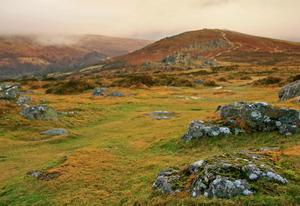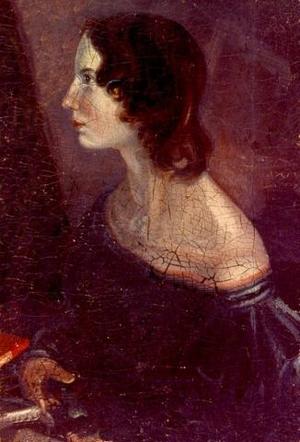Emily Brontë’s “Wuthering Heights” is an extraordinary classic literature novel. Brontë’s fantasy, written in 1847, is about obsessive love, and lustful emotional power struggles between the infamous Catherine Earnshaw and Heathcliff. It is drama genius. Is there an adaptation befitting such a distinguished piece of written work?
Unfortunately, the movie or TV adaptations I have seen of “Wuthering Heights” fall short of leaving me gratified. If I equate any adaptation based on how the book makes me feel, and the accuracy factor; I have to go with director William Wyler’s, 1939 black and white film version of “Wuthering Heights.”
I believe 72 years later, it still offers a proper “Wuthering Heights” experience. It remains my favorite Brontë adaptation.
Allow for the Time
The Samuel Goldwyn production does naturally fall prey to being a creation of its time. Despite the exemplary casting of Laurence Olivier as Heathcliff, and Merle Oberon, as Cathy, it lags in popularity by default because it is a thirties-era film. Viewing it in black and white may be challenging for some.
I happen to enjoy black and white films. In reality, the lifelessness of black and white film enhances the overall feeling of bleakness that surrounds the very essence of Emily Brontë’s novel.
Overlook the Geography
The emotional impression I arrive at, in relation to Brontë’s Yorkshire moors in Northern England, does not come through in the 1939 movie as it does in the book. There is good reason: Wyler’s “Wuthering Heights” was filmed in San Fernando Valley in California. Very different from the English countryside revealed in the pages of the book.
Accuracy over Landscape
The authentic nuance of the moors, which are a critical part of “Wuthering Heights,” if not the very heart of Brontë’s masterpiece, is missing for obvious reason in Wyler’s adaptation. While the 1939 film provides a somewhat lame depiction of the Yorkshire moors, the geography, although weak, works to a slightly comfortable extent. Certainly, it isn’t a complete loss in aligning with the story.
Actually, the accuracy of William Wyler’s film makes up for the landscape deficit. As a sincere admirer of Brontë’s classic, I am less impressed with the scenery than the story. The magnitude of the tale “Wuthering Heights” tells, will likely be flawed when cramped into the limiting time frame of any film version.
The fascinating 19th-century impression that Cathy and Heathcliff are soul mates, along with the mystique of Brontë’s supernatural slant, fortunately takes its rightly place in William Wyler’s film. This important factor in the book is regrettably, missing from other “Wuthering Heights” film and TV adaptations.
For me, what a director chooses to put in or take out of a film adaptation is going to make or break that film. Wyler’s film, especially for that period, does an admirable job of covering much of “Wuthering Heights” intensity.
Cathy and Heathcliff, have yet to be portrayed on film as I have come to understand them in Brontë’s novel. However, the two are just reckless, tormented, mean-spirited, vengeful, and passionate enough in Wyler’s film to satisfy my soul as a “Wuthering Heights” devotee.
In the eyes of the beholder, sexual overtones between Cathy and Heathcliff clearly exist. There is no need to act them out in the 1939 film. Prominent silence is often times stronger than a director’s bells and whistles addition.
Best Geography in Other “Wuthering Heights” Film
Of course, the depth of cinematography today compared to 1939 is unmatched. If you are only vaguely familiar with “Wuthering Heights,” and not quite as finicky about the story’s representation in total, I recommend director Peter Kosminsky’s, 1992 release of “Wuthering Heights.”
The geography alone is magnificent. It treats viewers to a true peek at the Yorkshire moors. This film casts Juliette Binoche, as Catherine Earnshaw. Ralph Fiennes, steps into the role of Heathcliff. The film makes an honorable stab at bringing to light Emily Brontë’s stunning classic.
There are a few things simply out of kilter with the film compared to the novel, though. In my view, the movie just doesn’t produce the intense level of emotion it could. Unless there is a director out there who can change my mind, William Wyler’s “Wuthering Heights” remains my favorite Brontë adaptation.
Sources:
AMC Filmsite.org
Yahoo Movies – 1939 “Wuthering Heights”
Yahoo Movies – 1992 “Wuthering Heights”





